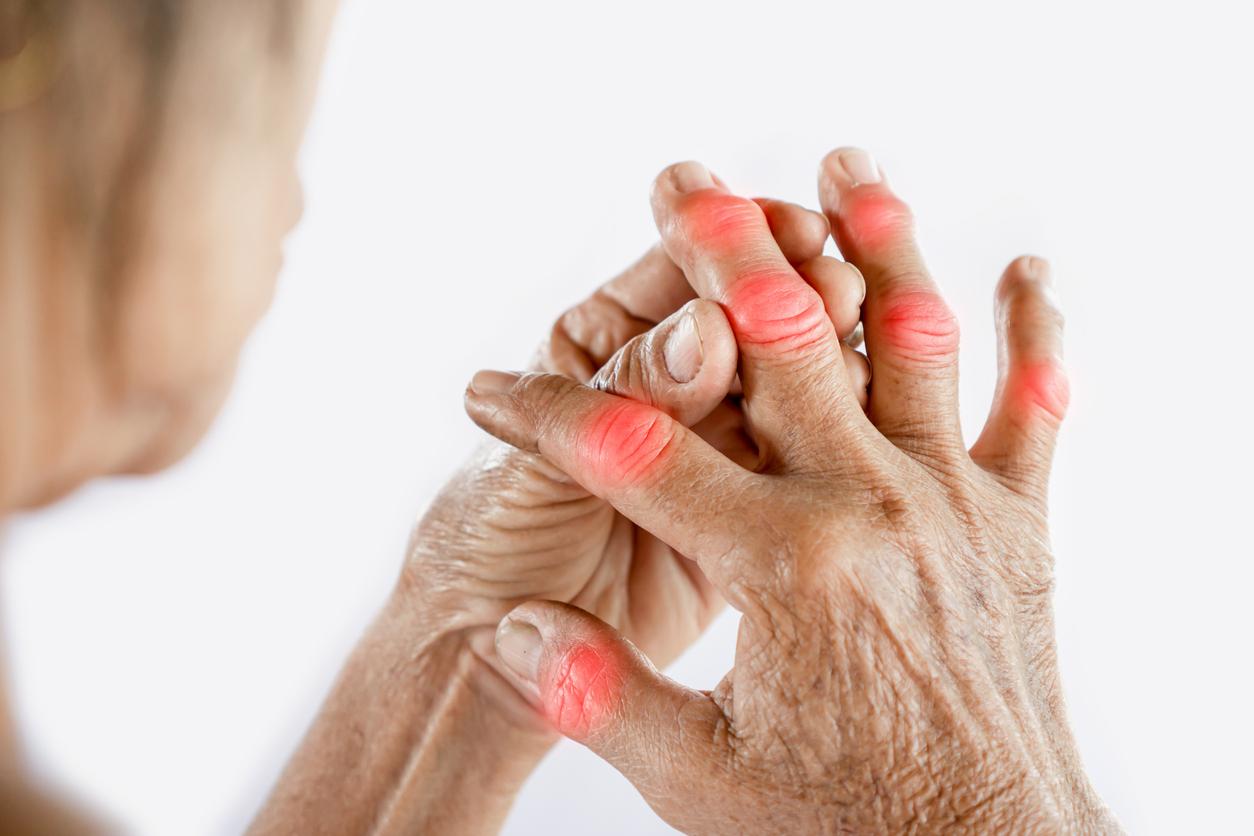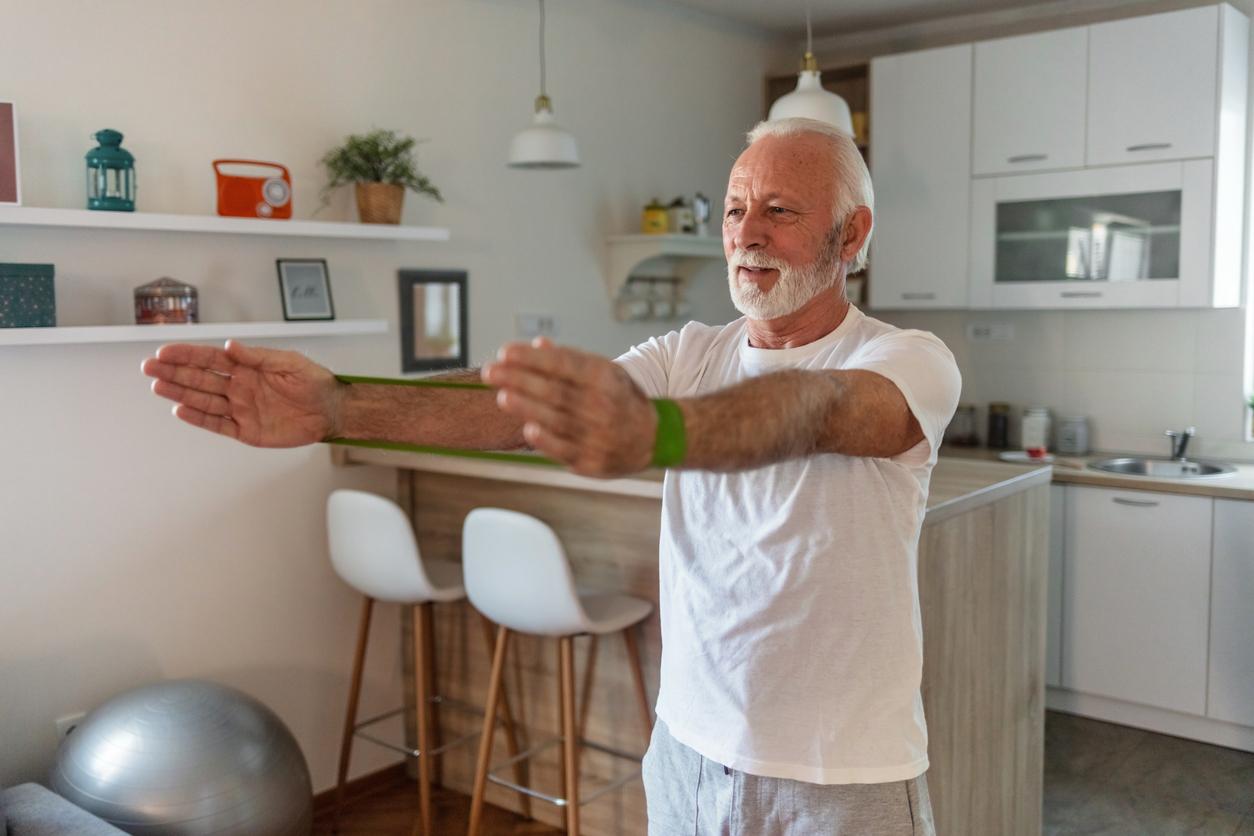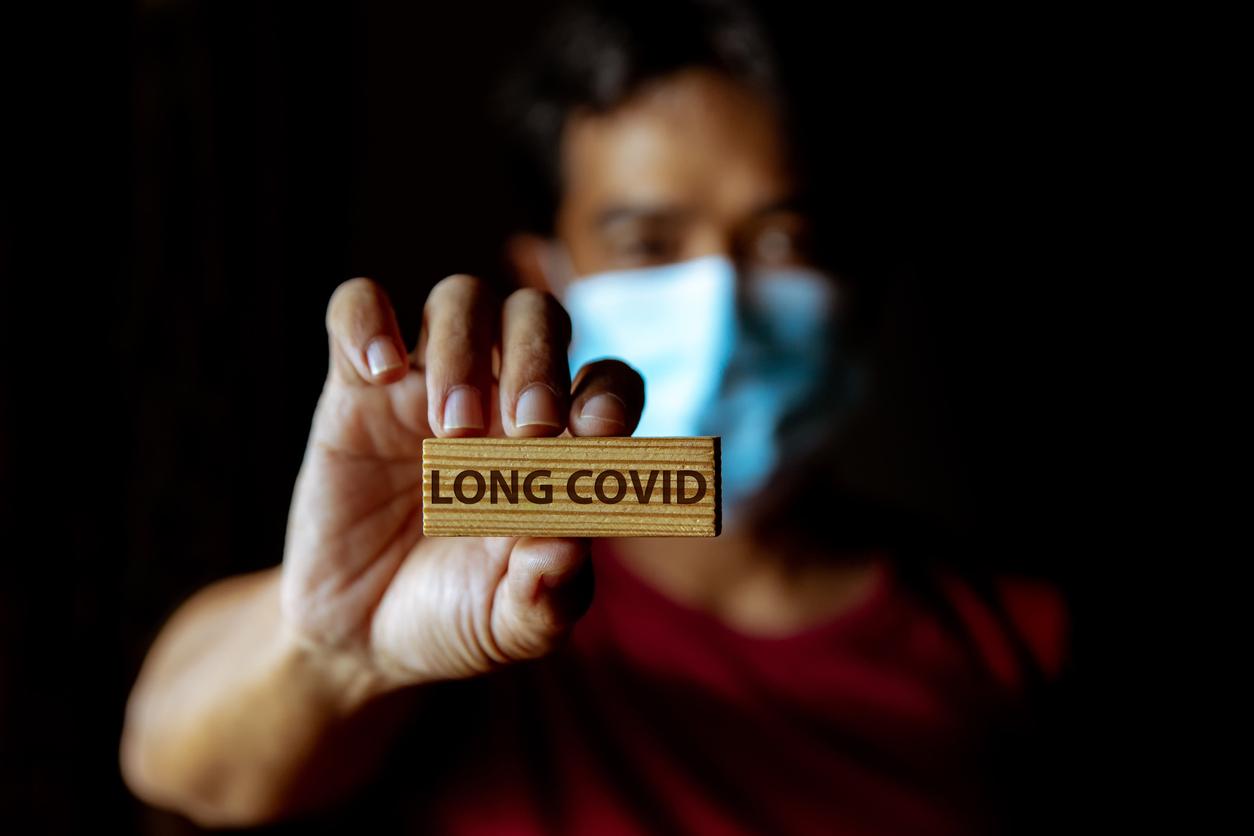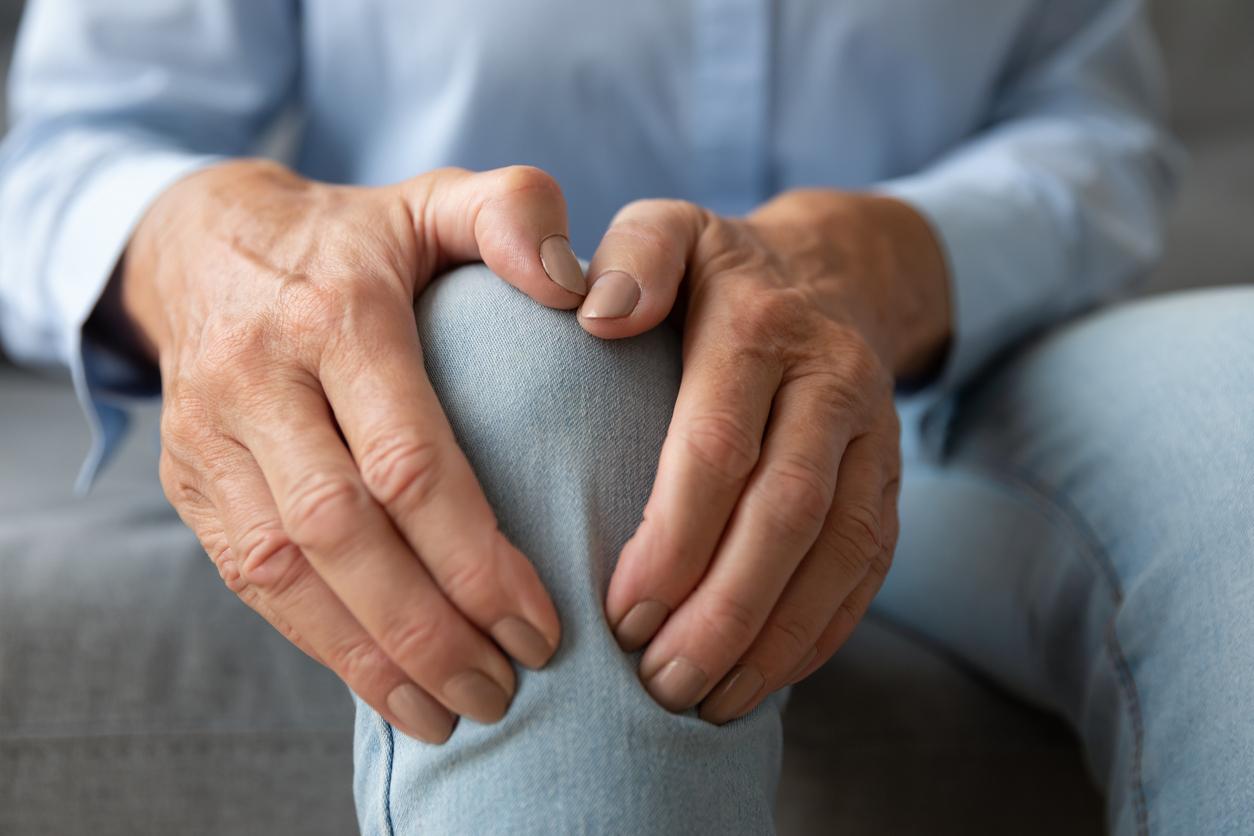Researchers have evaluated different medications for pseudogout. Focus on this little-known and little-studied disease.

- Pseudogout, also called articular chondrocalcinosis, corresponds to a deposition of calcium in the joints.
- It causes significant episodes of arthritis similar to those of gout, and occurs mainly in seniors (even more so when they are hospitalized).
- A new study compared two treatments for pseudogout.
THE Group of Hospitals of the Catholic Institute of Lille (GHICL) unveiled a new study on pseudogout.
What is the pseudogout?
Pseudogout, also called articular chondrocalcinosis, corresponds to a deposition of calcium in the joints. It causes significant episodes of arthritis similar to those of gout, and occurs mainly in seniors (even more so when they are hospitalized).
“Since it is a disease that mainly affects older people and there is today much less research on the well-being of seniors, its treatment has never been studied until now “, explains GHICL in a press release.
Pseudogout: two treatments compared
To compensate for this lack of data, Saint Philibert Hospital, Saint Vincent de Paul Hospital, CH Armentières, CH Dunkerque, Lariboisière Hospital (APHP) and Bichat Hospital (APHP) took up the subject and carried out the first clinical trial which made it possible to compare two drugs: cortisone and colchicine.
112 patients with an average age of 88 years were randomly selected to receive one or the other treatment. “The objective of the survey was in particular to measure tolerance to each of the medications, because this characteristic comes into play just as much as the effectiveness of care for a senior whose health is inherently more fragile,” indicate the authors of the study.
The results showed that both drugs were equally effective in treating pseudogout attacks, but they were not necessarily well tolerated. Indeed, Colchicine caused diarrhea and dehydration, particularly dangerous symptoms for an elderly person.
How many people are affected by pseudogout today?
“Unfortunately, seniors are often excluded from clinical trials and pseudogout is historically the neglected rheumatism par excellence despite its frequency,” underlines Professor Tristan Pascart, who led the test.
“By carrying out this study, we wanted to put the individual at the center of our concerns and contribute to the launch of an international dynamic of research on progress to treat this disease which is finally beginning to see the light of day,” he continues. “This first study carried out on the pseudogout crisis allows us to review treatment habits in favor of the priority use of cortisone, and we invite all practitioners to do the same”, he concludes.
The GHICL is already planning new studies to understand how many individuals are today affected by pseudogout and plans to undertake other clinical trials concerning the treatment of the disease, including in its chronic forms which are often underdiagnosed.















